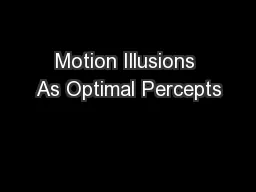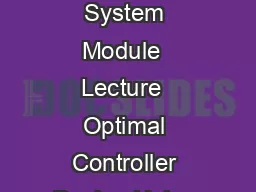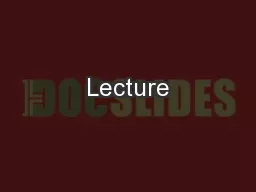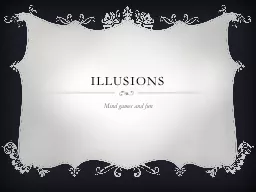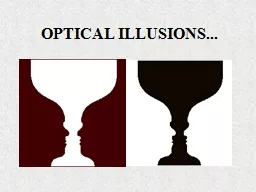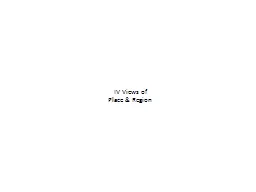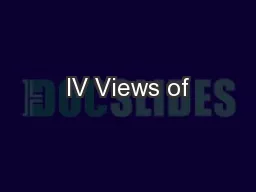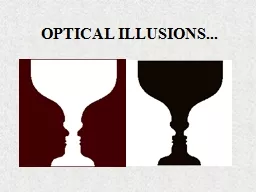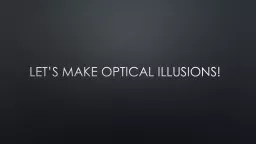PPT-Motion Illusions As Optimal Percepts
Author : natalia-silvester | Published Date : 2017-08-18
Whats Special About Perception Visual perception important for survival Likely optimized by evolution at least more so than other cognitive abilities Human visual
Presentation Embed Code
Download Presentation
Download Presentation The PPT/PDF document "Motion Illusions As Optimal Percepts" is the property of its rightful owner. Permission is granted to download and print the materials on this website for personal, non-commercial use only, and to display it on your personal computer provided you do not modify the materials and that you retain all copyright notices contained in the materials. By downloading content from our website, you accept the terms of this agreement.
Motion Illusions As Optimal Percepts: Transcript
Download Rules Of Document
"Motion Illusions As Optimal Percepts"The content belongs to its owner. You may download and print it for personal use, without modification, and keep all copyright notices. By downloading, you agree to these terms.
Related Documents

